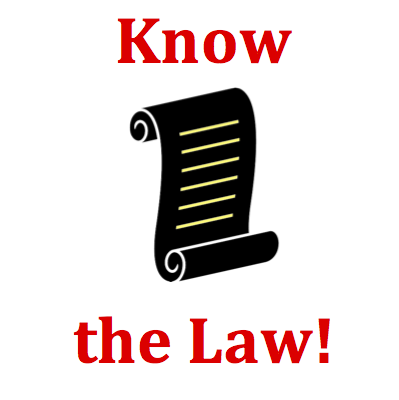Hold down the T key for 3 seconds to activate the audio accessibility mode, at which point you can click the K key to pause and resume audio. Useful for the Check Your Understanding and See Answers.
Mission SE7 Charging by Induction - Electrophorus Plate - Question Group 3 Help

A negatively charged piece of styrofoam is placed on the table. A neutral aluminum plate is brought near as shown below. While held above the styrofoam, the aluminum plate is touched (grounded). The ground is removed, while the aluminum pie plate is still above the styrofoam, as shown. As a result, the styrofoam will be ____.

Charging by induction is the charging process that involves charging an object without touching the object to a charged object. The charged object is brought near to the object to be charged (a neutral object). The charged object's presence induces a movement of electrons within the neutral object, causing it to become polarized. Then the neutral object is touched to a ground, causing a transfer of electrons between the ground and the neutral object. The ground is pulled away, the charged object is pulled away and the neutral object has been charged. When the process is complete, both objects are charged with the opposite type of charge.

Many students gain the false impression that the styrofoam's charge is changed as the result of the induction charging of the aluminum plate. In order for the charged styrofoam plate to become neutral or charged differently, there must be a transfer of electrons between it and another object. But don't be fooled! There is never any movement of electrons from the styrofoam plate to another object. The styrofoam plate is never touched by another object to allow an entry or exit of electrons. And the styrofoam plate is surrounded by air - an insulator which prevents the free flow of electrons. The role of the styrofoam plate is simply to induce a movement of electrons within the aluminum plate and polarize it.

- How can induction charging principles be applied to an electrophorus plate?
- What happens (at the atomic level) when a negatively charged object is used to charge a neutral object by induction?
- What happens (at the atomic level) when a positively charged object is used to charge a neutral object by induction?